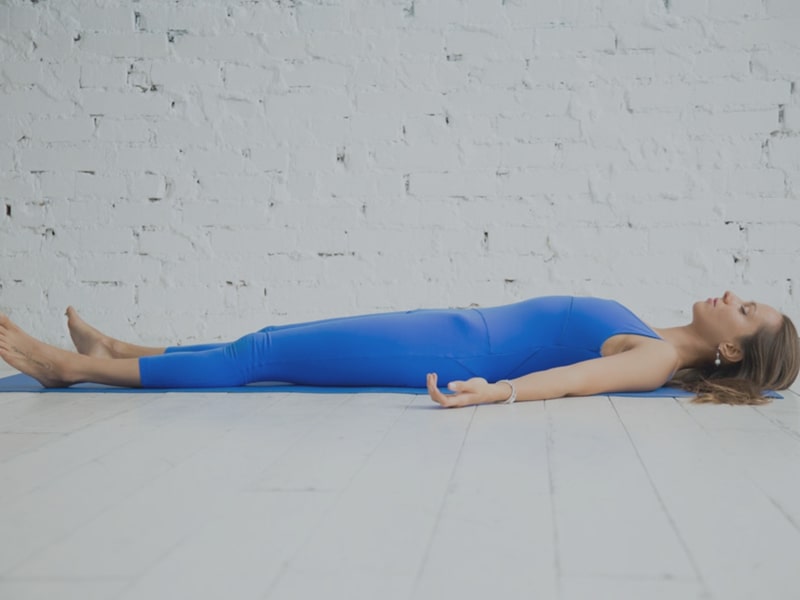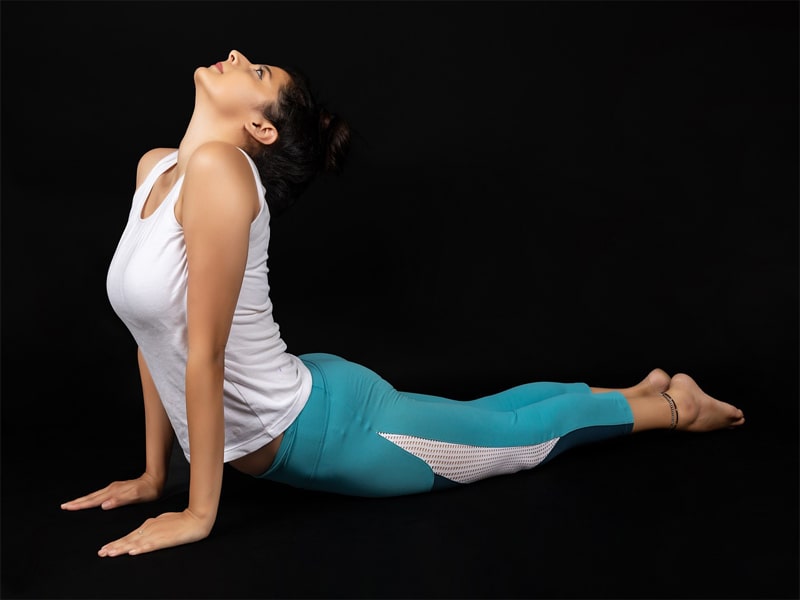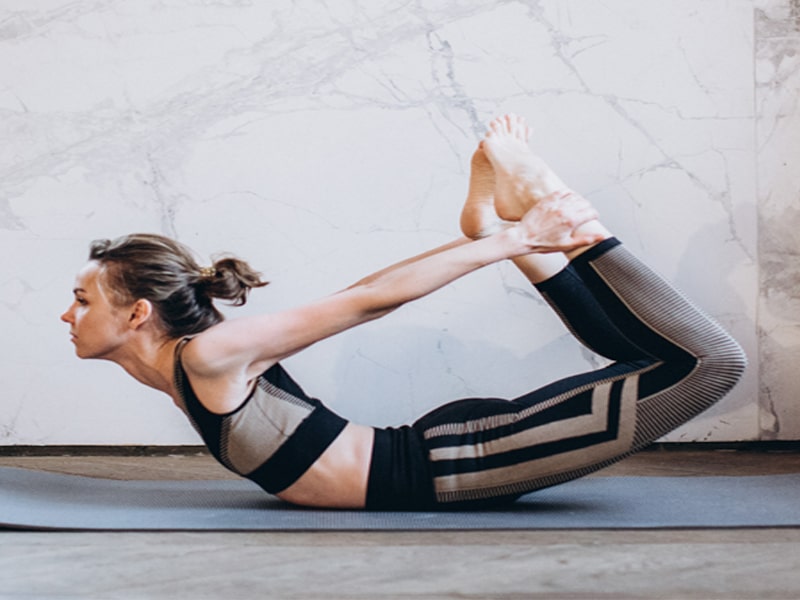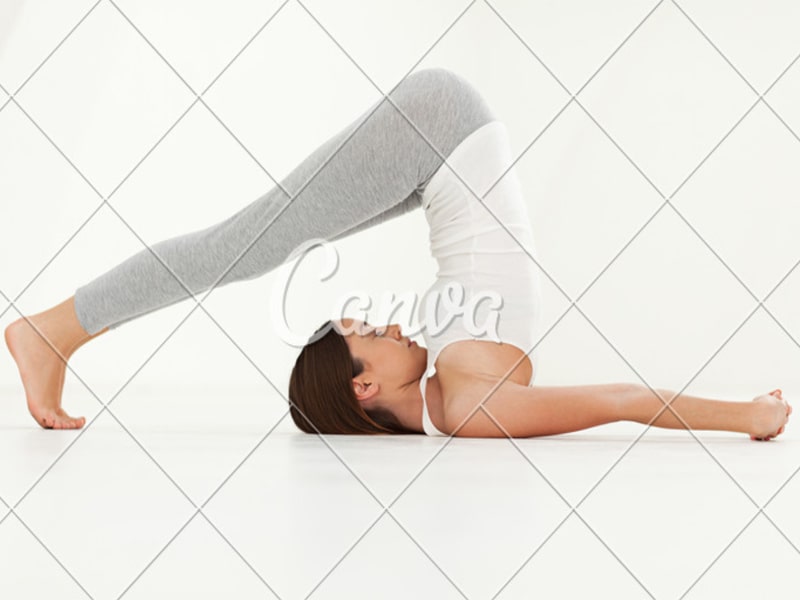Shava Asana, also known as the Corpse Pose, is a fundamental yoga posture that is known for its relaxing and calming effects on the mind and body. In this article, we will take a comprehensive look at what Shava Asana is, its benefits, how to perform it, variations, and how to integrate it into your yoga practice.
I. Introduction to Shava Asana
A. Definition of Shava Asana
Shava Asana is a relaxation posture that is performed at the end of a yoga practice. The name Shava Asana literally means “corpse pose” in Sanskrit, and this posture is meant to symbolize the stillness and peace that comes after death.
B.Benefits of practicing Shava Asana
The benefits of practicing Shava Asana are numerous. It helps to calm the mind, reduce stress and anxiety, and improve overall physical and mental well-being. Additionally, Shava Asana helps to relieve tension in the muscles, improve circulation, and boost the immune system.
C. Brief history of Shava Asana
Shava Asana has been a part of the yoga tradition for thousands of years, and it is believed to have originated in ancient India. The pose has been used for centuries as a way to calm the mind and body, and it is considered to be one of the simplest and most effective yoga postures for relaxation and stress relief.
Suggested Article :- Sarvanga Asana – A Guide to the Shoulder Stand Pose
II. How to perform Shava Asana
A. Step by step instructions for performing Shava Asana
-
Start by lying down on your back on a mat or blanket. Your feet should be hip-width apart and your arms should be relaxed at your sides.
-
Close your eyes and take a deep breath in, then exhale slowly.
-
Release all the tension from your body and allow yourself to sink into the mat or blanket.
-
Keep your breath slow and even, focusing on relaxing each part of your body one by one. Start with your toes and work your way up to your head.
-
Stay in this position for 5-10 minutes, or for as long as you like.
B. Precautions to be taken while practicing Shava Asana
If you have any medical conditions or injuries, it is important to consult with a doctor before practicing Shava Asana. Additionally, if you have high blood pressure, you may want to avoid this pose.
C. Common mistakes to avoid while performing Shava Asana
It is important to keep your breathing slow and even while performing Shava Asana. Avoid tensing your muscles or clenching your fists, and be sure to release all the tension from your body.
III. Variations of Shava Asana
A. Kapalbhati Shava Asana Kapalbhati
Shava Asana is a variation of Shava Asana that involves rhythmic breathing. This variation is meant to energize and invigorate the body, and it is often used as a way to start a yoga practice.
B. Naukasana Shava Asana
Naukasana Shava Asana is another variation of Shava Asana, and it involves the use of props such as blankets or blocks. This variation is meant to provide extra support and comfort to the body, and it is often used as a way to deepen the relaxation experience.
C. Uttanpad Shava Asana
Uttanpad Shava Asana is a variation of Shava Asana that involves stretching the legs and arms. This variation is meant to improve flexibility and mobility, and it is often used as a way to warm up the body before practicing other yoga postures.
Also Read :- 21 Best Yoga Books in English Lanuage
IV. Sequencing of Shava Asana in a yoga practice
A. Best time to practice Shava Asana
Shava Asana is typically practiced at the end of a yoga practice, as a way to cool down and relax the body. However, it can also be used as a standalone pose for relaxation and stress relief.
B. How to integrate Shava Asana into a yoga flow
Shava Asana is typically integrated into a yoga flow by practicing it at the end of a yoga practice. After completing a series of more active postures, such as sun salutations or standing postures, the body is ready for the calming and relaxing effects of Shava Asana.
C. Other yoga asanas that complement Shava Asana
Other yoga postures that complement Shava Asana include forward folds, twists, and seated postures. These postures help to stretch and release tension in the muscles, preparing the body for the ultimate relaxation experience in Shava Asana.
Also Read :- 9 Top Best Yoga Resistance Bands
V. Conclusion
Shava Asana, also known as the Corpse Pose, is a fundamental yoga posture that is known for its relaxing and calming effects on the mind and body. It helps to relieve stress and tension, improve circulation, and boost the immune system.
Shava Asana is a simple and effective way to calm the mind and body, and its benefits are numerous. By practicing this pose regularly, you can improve your overall physical and mental well-being and find a sense of peace and relaxation in your daily life.
We encourage you to continue practicing Shava Asana regularly, and to explore the different variations and ways to integrate this pose into your yoga practice. Whether you are new to yoga or have been practicing for years, the benefits of Shava Asana are available to everyone, and this pose is a great way to find peace and relaxation in your daily life.



